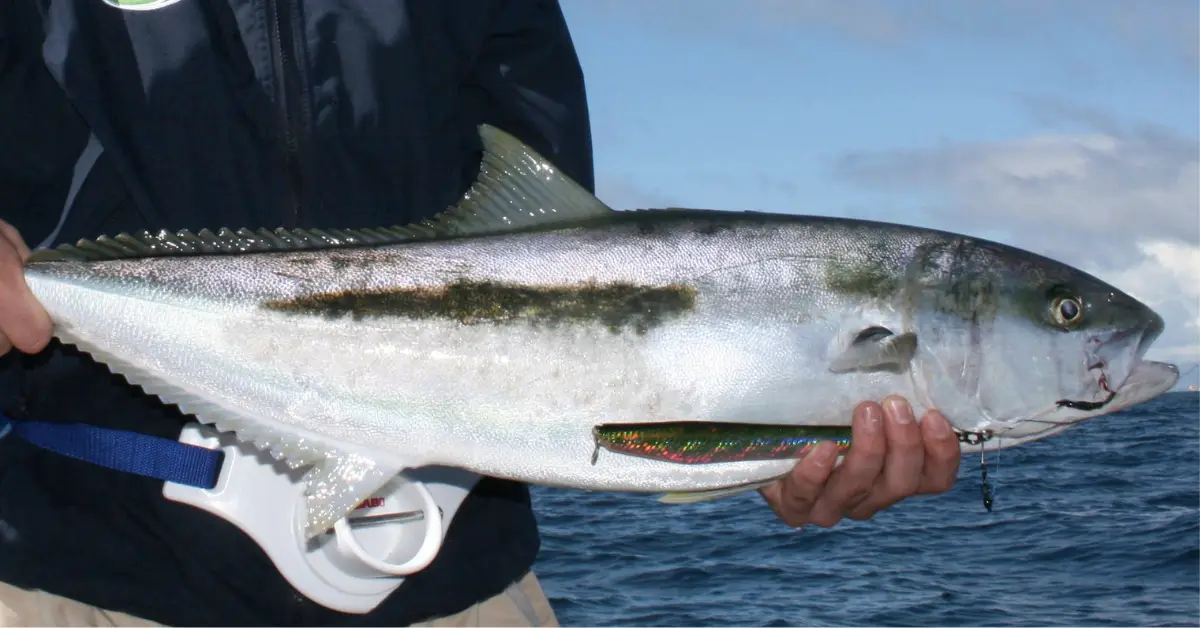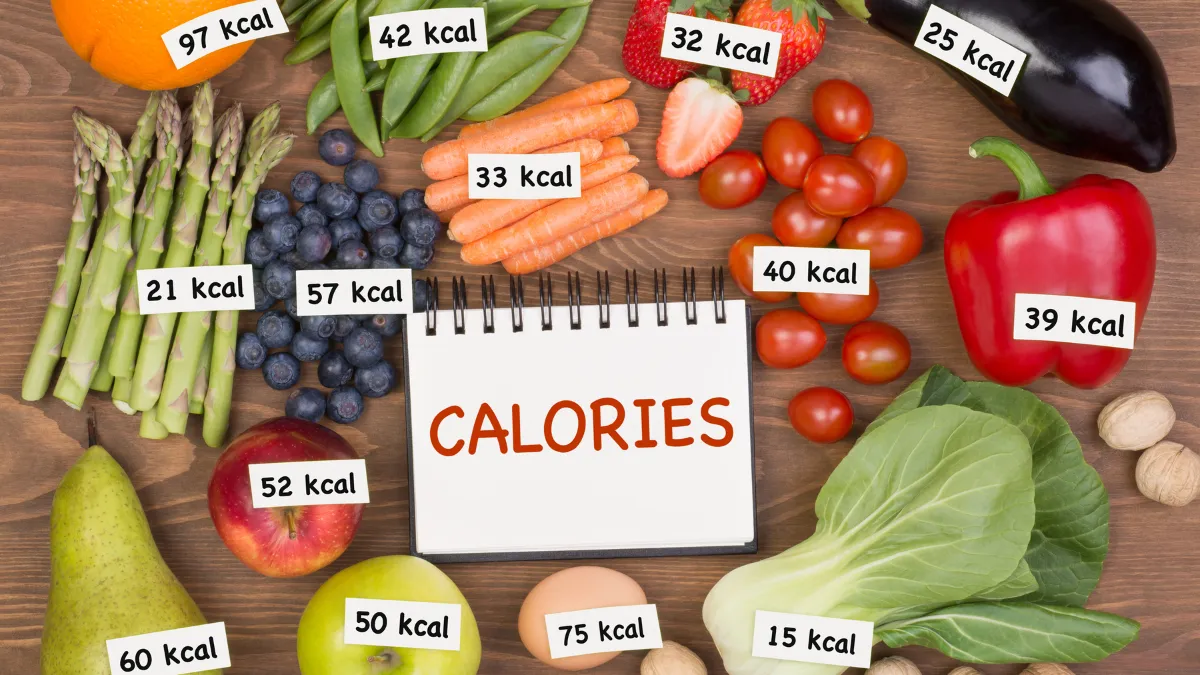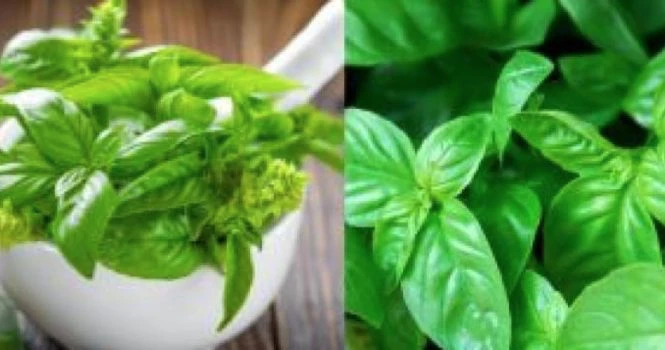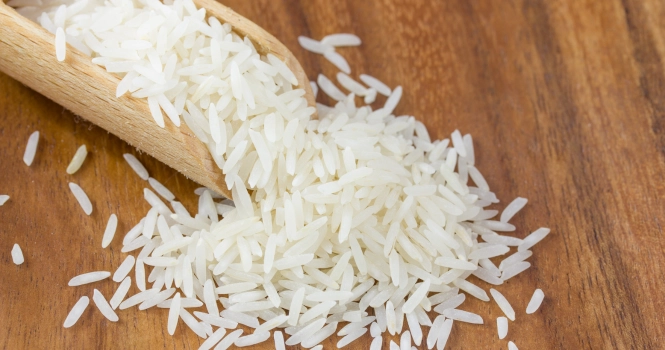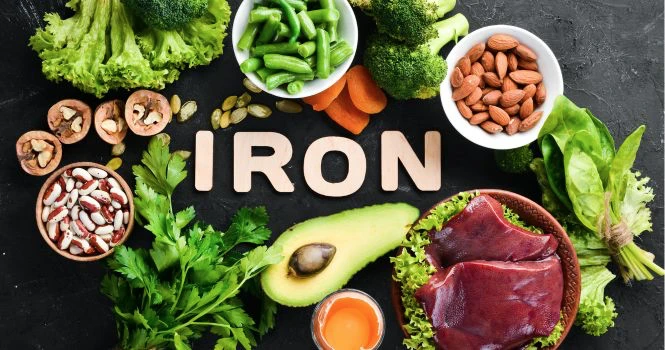Eating Pizza During Diverticulitis: What You Need to Know

When managing diverticulitis, dietary choices become crucial, as some foods may exacerbate symptoms or lead to complications.
Diverticulitis is a condition characterized by the inflammation or infection of small pouches (diverticula) that can form in the digestive tract, particularly the colon.
The question of whether you can eat pizza during a diverticulitis flare-up involves understanding the ingredients in pizza and how they might affect the condition.
Considerations for Eating Pizza with Diverticulitis
1. High-Fat and Greasy Foods: Pizza, especially those with high-fat meats (like pepperoni or sausage) and cheeses, can be hard to digest and may exacerbate symptoms of diverticulitis by increasing inflammation.
Opting for a pizza with less cheese and leaner toppings might be a better choice if you decide to eat pizza.
2. Fiber Content: Traditional advice for diverticulitis has often included avoiding foods with seeds and nuts, fearing they could lodge in the diverticula and cause inflammation.
However, recent guidelines suggest that a high-fiber diet may actually be beneficial in preventing diverticular disease complications.
Whole-grain pizza crusts might be a healthier option, but it’s essential to increase fiber intake gradually to avoid gas and bloating.
3. Tomato Sauce: The acidity of tomato sauce in pizza can be a concern for some individuals with diverticulitis, as it might irritate the digestive tract.
If tomato sauce seems to be a trigger for you, considering a pizza with a less acidic sauce base, such as pesto or white sauce, might be advisable.
4. Vegetable Toppings: Adding vegetables to your pizza can increase its fiber content and nutritional value.
However, during a diverticulitis flare-up, certain vegetables, especially if not well-cooked, might be harder to digest and could potentially exacerbate symptoms. Well-cooked vegetables are generally easier to digest.
5. Portion Size and Frequency: Even if you find a pizza that seems to agree with your digestive system, it’s important to eat it in moderation. Large meals can strain the digestive system, especially during a diverticulitis flare-up.
Recommendations During a Flare-Up
During an acute diverticulitis flare-up, doctors often recommend a low-fiber or clear-liquid diet to allow the colon to heal. Foods like pizza would typically not be recommended during this time.
As symptoms improve, you can gradually reintroduce more solid foods, eventually moving towards a high-fiber diet to prevent future episodes.
Long-Term Dietary Management
In the long-term management of diverticular disease, a high-fiber diet is recommended to prevent constipation and reduce the pressure on the colon walls, potentially lowering the risk of diverticula formation and inflammation. Whole grains, fruits, vegetables, and legumes are encouraged.
While pizza is not inherently off-limits for individuals with diverticulitis, it’s important to consider the type of pizza and your current condition.
During a flare-up, it’s best to avoid pizza and adhere to your doctor’s dietary recommendations, typically a low-fiber or clear-liquid diet.
In remission, you may enjoy a healthier version of pizza in moderation, focusing on whole-grain crusts, lean proteins, low-fat cheese, and well-cooked vegetables. Always listen to your body and consult with a healthcare provider for personalized dietary advice tailored to your diverticulitis management plan.



